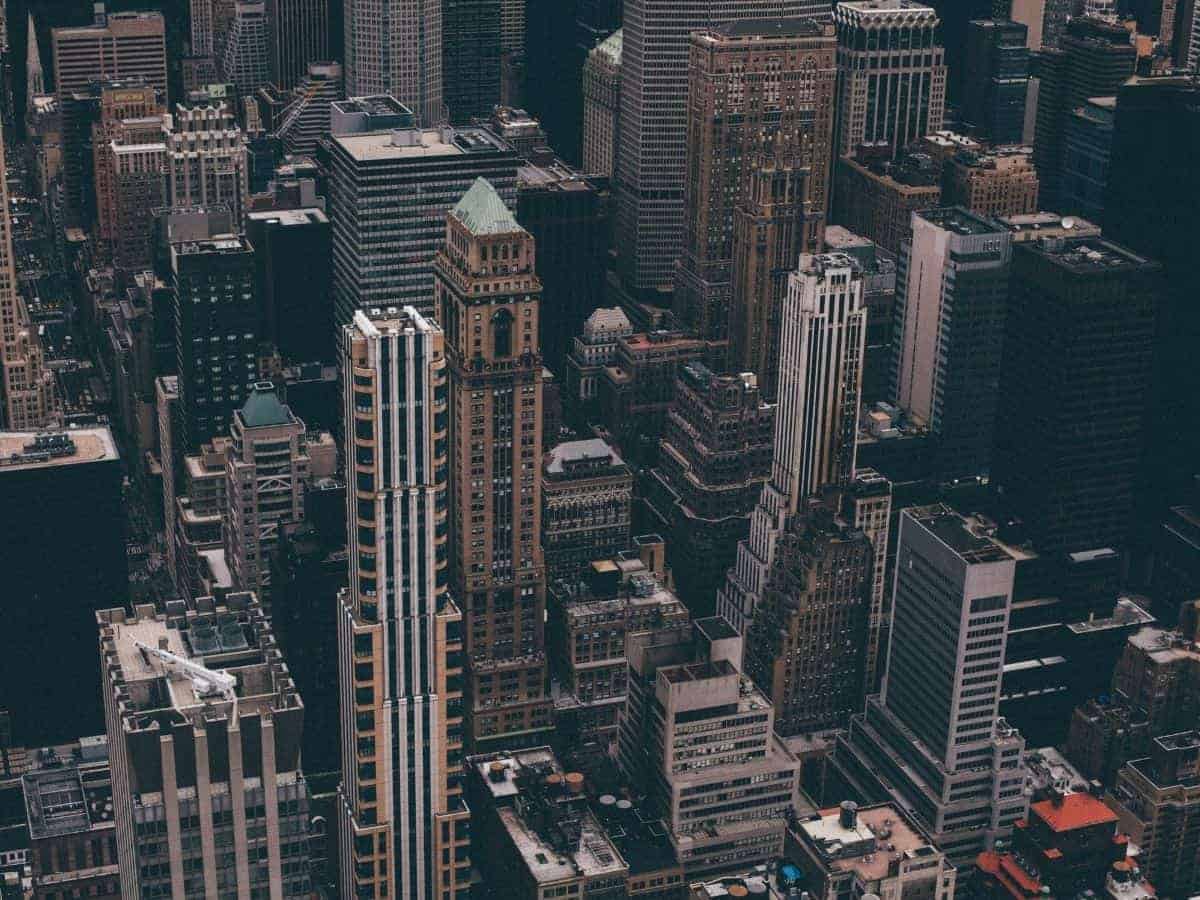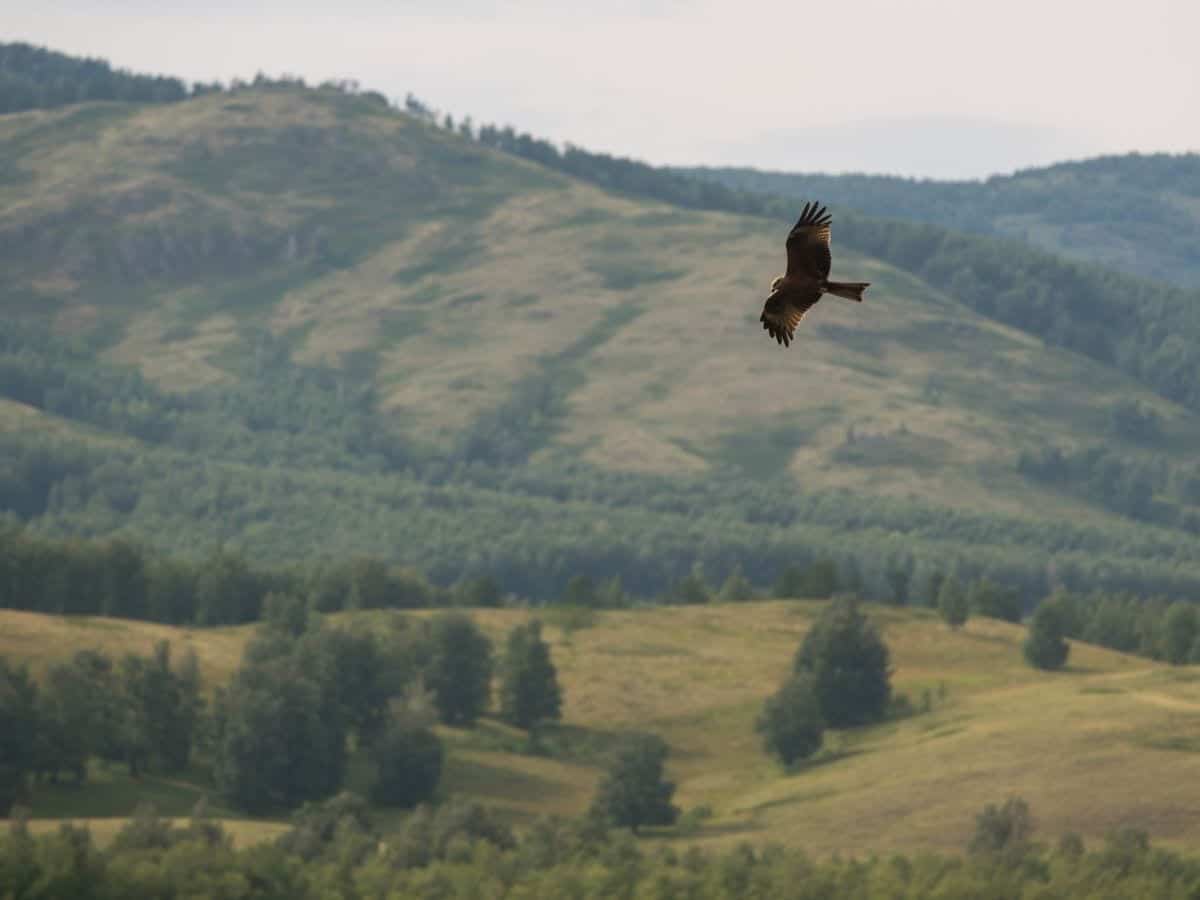Positive space is the subject or main element in an image. Negative space refers to the background or elements surrounding the subject.

In all types of photography and art, composition plays an important role.
Excellent composition leads to a compelling image that tells a story and evokes emotions.
In every photo, there’s positive and negative space. Learn what it is and how to arrange the elements in the frame to use positive and negative space effectively.
Related article: How to photograph runners
What’s positive and negative space?
Every image has positive and negative space.
Positive space refers to the main subject or focus, and negative space refers to the area surrounding your subject or background. Together, positive and negative spaces form an image.
Positive space stands out and commands attention, while negative space fills the area between, around, and behind the subject.
Examples of positive space
Positive space is the main subject of an image. It can be balanced or lean towards more or less overall positive space.
When the positive space takes up more of the frame than the negative space, it’s evident that the subject is the main focus. To achieve it, fill the frame with the subject.
Regardless of how much space the main point of the image takes up, positive space is the main subject.
The following are examples of images with more positive space than negative space.


Examples of negative space
Negative space isn’t necessarily empty space. Instead, it’s everything surrounding the positive space.
It sits in the background and emphasizes the positive space as the main focus.
Negative space doesn’t command attention, but it’s equally important as positive space.
When there’s more negative space than positive space, the image has a calming and minimalistic effect. It also makes the subject look isolated.
The following are examples of images with more negative space than positive space.


How to use positive and negative space in photography
Positive and negative space are two key ideas to impact the emotions a viewer feels. Together, they form a story.
Additionally, negative space balances out positive space, making the image aesthetic and not overwhelming.
To use positive and negative space, take the following steps:
- Determine the story or feelings you want to evoke.
- Identify your main subject or focus.
- Adjust the frame to remove distracting elements from the negative space.
- Take the picture.
The steps for using positive and negative space are simple. However, the majority of the work is done in your mind.
Be creative and think about the best ways to enhance the positive space by using negative space.
Conclusion
The positive and negative spaces work together to form a balanced and compelling image. Positive space is the main subject, and negative space surrounds the subject.
One isn’t more important than the other, as you need both to tell the story of an image.
Be intentional with the positive and negative space in your photographs, and use them to become a better photographer.
Featured image courtesy of Canva.
